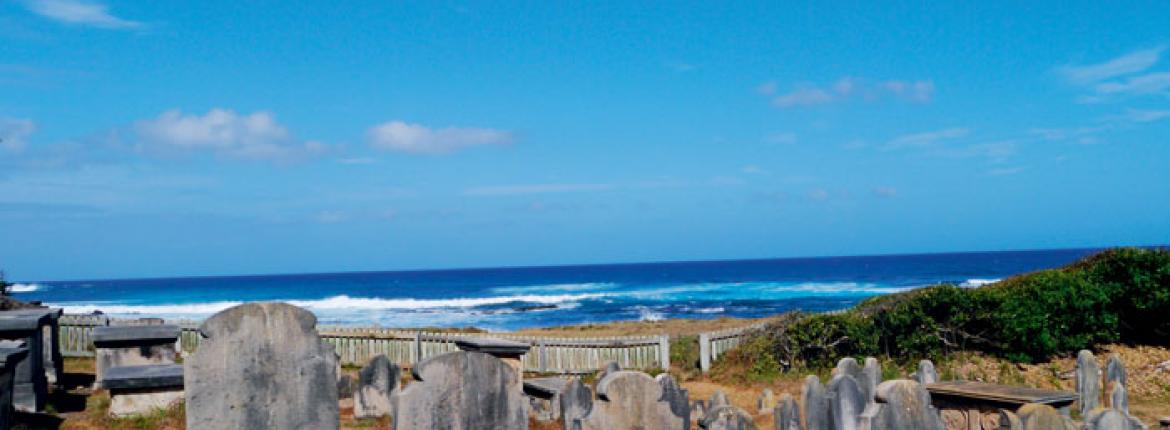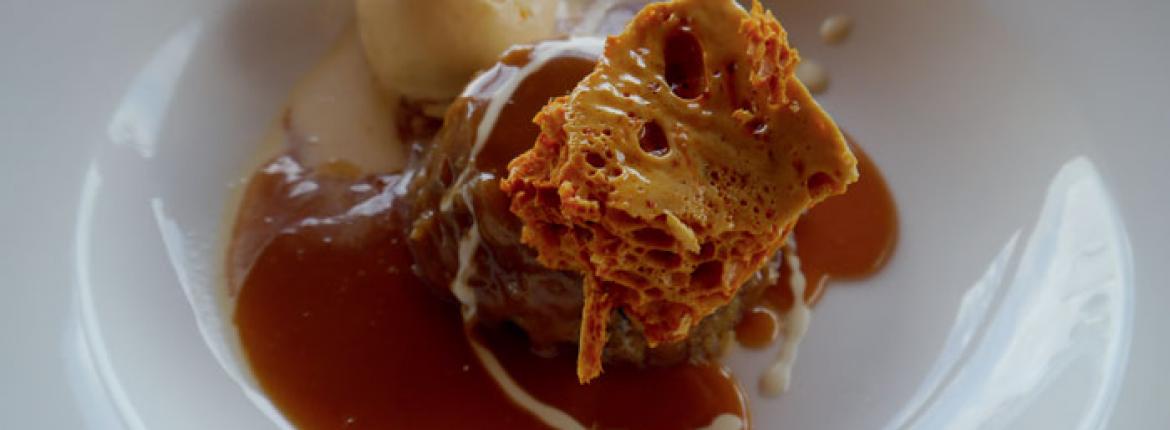For New Zealand’s closest overseas destination, it’s amazing how Norfolk Island looks nothing like home.
It has a subtropical climate, and the national park is full of glossy palm fronds, green parrots and cheery red rosellas. There’s a coral reef around Slaughter Bay, and I spend an hour there on my first afternoon spotting tropical fish through electric teal water. But this isn’t Fiji, and it isn’t trying to be; Norfolk’s landscape has a romance all of its own.
The island is fringed with sheer vertical cliffs, and its bright-green plains and towering pines (not really pines at all) are elevated high above sea level. From a thousand lofty vantage points, you can see a flat blanket of blue stretching to the edge of the earth in every direction.
At its centre is Burnt Pine, where a cluster of 1960s wooden buildings with names like Max’s and Craig’s sell duty-free items. Norfolk Island’s tax-free status has made it an unlikely shopping destination, and though I see a lot of cashmere twinsets and rubber-soled shoes, I’m impressed to find Karen Walker jewellery and supposedly the world’s cheapest Lego.
There is no safe harbour on Norfolk, which makes importing regular supplies a challenge. There might be no butter at the supermarket one week, and no flour the next. The upside of this for the visitor is that almost all meat and produce has travelled less than five miles, and Norfolk’s best eating experiences are those that feature home-grown cuisine.
One night I have a 'paddock to plate' experience at Norfolk Blue, where the steaks are born and raised on the farm beside the restaurant. Another day I take a cooking class at the home of Hilly’s Restaurant owner, Kim Newton, where all produce is plucked straight from her enviable garden. A highlight is a fillet of freshly-caught trumpeter baked with chillies, coriander and Vietnamese mint.
I do all the things you usually do on an island holiday on Norfolk. I eat a lot, swim, get a facial and try the locally-brewed beer. But, inevitably, I’m drawn to the island’s fascinating history.
I’ve never seen the Clark Gable version of Mutiny on the Bounty, but after visiting the island’s Cyclorama, it’s on my watchlist. The impressive 360 degree mural tells the story of Fletcher Christian and the Bounty mutineers, who settled first on Pitcairn, but were gifted Norfolk by Queen Victoria when they started to outgrow their home. Descendants of the mutineers, who make up about a third of the island’s population, are easy to pick out around town. They chat to each other in the Norf’k dialect, which is an economical creole of English and Tahitian. Occasionally, I think I catch the drift of some conversation – how so and so’s potatoes are doing or whether there’s any butter at the shops – but for furriners it’s hard to keep up.
Locals are quick to use the word 'paradise' to describe their home, but Norfolk has been called less favourable things in the past. 'Hell of the Pacific' is the famous one, but I’ve also read 'Heartbreak Island', 'Isle of Misery' and 'a place where Satan never sleeps.'
These words ring in my ears as I wander the cemetery at Kingston, stopping at the headstone of Henry Knowles, "who was executed on the 22nd of Sept, 1822”. Several other gravestones are inscribed with the same date, and I later learn that these were prisoners who had attempted a mutiny against their officers.
And really, who could blame them? Between 1825 and 1855, the worst of the worst convicts from Sydney and Van Diemen’s Land were banished to Norfolk Island, and by all accounts it was a punishment worse than death. The officers dished out monstrous penalties for triflings such as singing – including flogging, starving and confining the prisoners to darkness for days on end. So mistreated were the poor sods, several caused trouble just to get themselves hanged.
Along with the cemetery, other relics of this grim chapter can be found at Kingston, the historic settlement built on the islands only flat, sea-level piece of land. A row of elegant Georgian homes, which once would have housed the officer’s families, face the crumbling ruins of the prison. Only the outer walls of the old gaol and barracks remain, but you only need to stand within them and look out at the endless sea to get a sense of the convict’s desperation.
I need a little cheering up after Kingston, and so round the corner to the island’s only safe swimming beach, Emily Bay. A deep curve of ochre sand separates a stand of pines from the ocean, and a single snorkel emerges from the calm turquoise water. Unlike the convicts, I can get off this island whenever I please. But, for now at least, I’d like to stay a little while.
Reported by Alice Galletly for our AA Directions Summer 2013 issue








